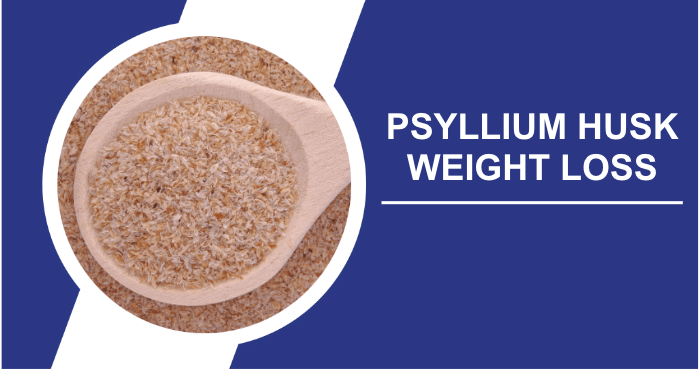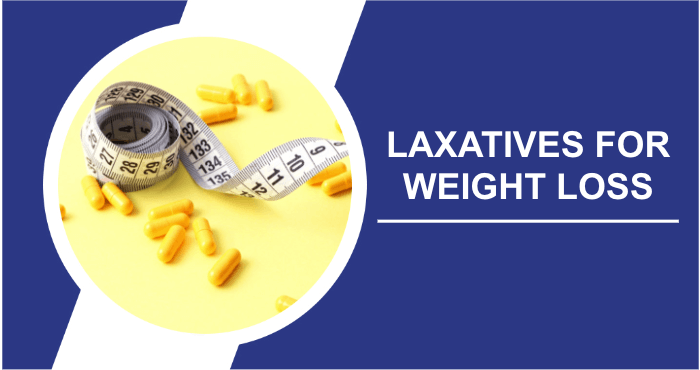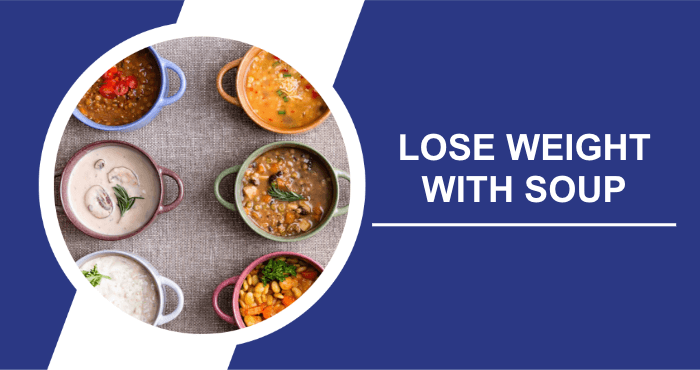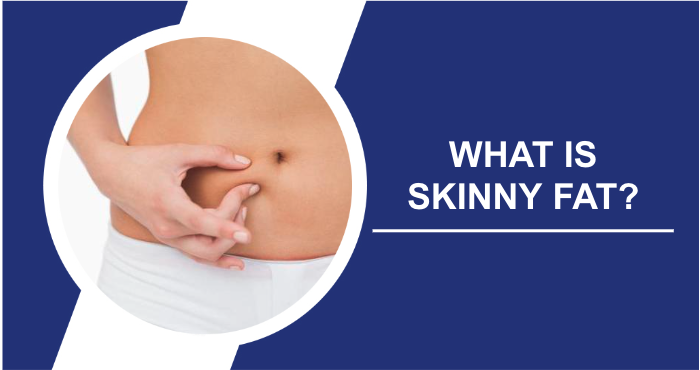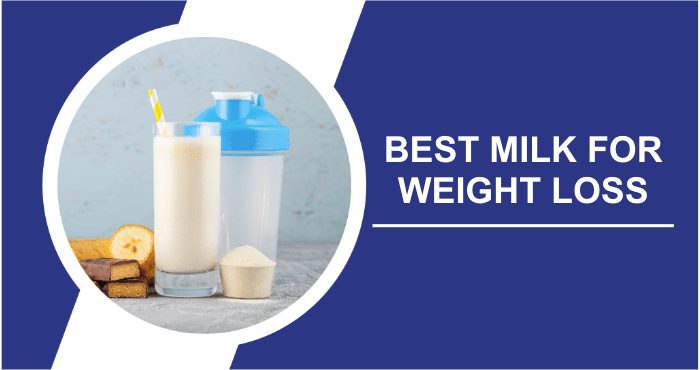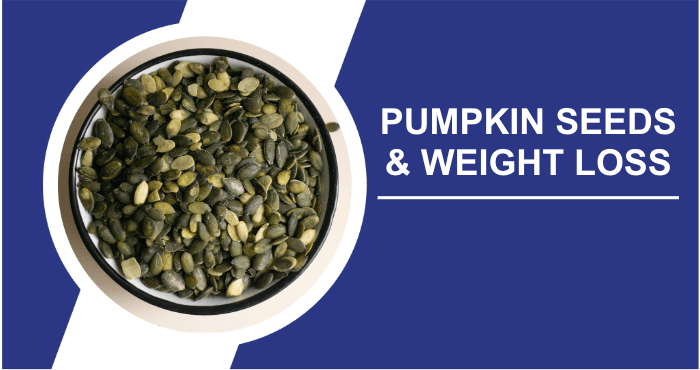Fiber is an often overlooked component when it comes to promoting health and facilitating weight loss. Its unique ability to slow the absorption of sugar into the bloodstream, along with its ability to prolong satiety, makes it one of the most effective means of regulating appetite and supporting digestive and hormonal functions in the body.
Enter psyllium husk, a form of soluble fiber that has recently gained attention as a potential aid in weight management and overall well-being. What sets it apart is its minimal presence of other macronutrients such as sugar or fat. In addition, unlike vegetables, psyllium husk can be conveniently consumed in supplement form. Read on to learn how psyllium husk can benefit your weight loss program and the specific dosage required to achieve effective results.
Can Psyllium Husk Help With Weight Loss? Psyllium husk, derived from the seeds of the Plantago ovata plant, was first recognized for its high fiber content and role as a natural laxative. To this day, it remains a prominent ingredient in many laxative formulations.
When taken as a supplement, it provides a milder dosage that can promote regular bowel movements while helping to manage weight and support digestive and cardiovascular health.
Psyllium Husk is a fiber-rich ingredient with weight loss potential. Fiber plays a critical role in increasing stool bulk, which explains its inclusion in several over-the-counter laxatives and its ability to facilitate smoother bowel movements.
What Exactly Is Psyllium Husk And Where Does It Come From?
Like nature’s gentle helper, psyllium husk comes from the seeds of the Plantago ovata plant, which is native to regions such as India and Pakistan. It’s a magical soluble fiber that swells up when mixed with water, aiding in smooth digestion and keeping things regular. So if you’ve ever wondered where this digestive superhero comes from, it’s the humble seeds of a distant but incredibly helpful plant.
How Can Psyllium Husk Be Used For Weight Loss?
If you find it difficult to meet your daily fiber requirements, especially if you’re not a fan of vegetables, adding psyllium fiber to your supplement regimen can be a valuable step in your weight loss journey.
Psyllium husk, in particular, has the ability to absorb fluid in your intestinal tract, promoting an increased sense of satiety. This can be a valuable strategy for becoming more attuned to feelings of fullness more quickly, as it extends the duration of satiety. This property may be particularly beneficial for individuals who often struggle with persistent hunger.
For those seeking to harness the weight loss potential of psyllium husk, research suggests taking it approximately 20 minutes before meals with a glass of water. The recommended daily dosage is usually listed on the product packaging. Because psyllium has the ability to absorb water, increasing your fluid intake along with the supplement can help prevent gastrointestinal discomfort.
How Much Psyllium Husk For Weight Loss?

Several studies suggest the benefits of taking 5 grams of psyllium husk twice daily for better blood sugar control. However, it’s important to follow the recommended dosage of the product as stated on the package. It is also important to increase your fiber intake gradually to give your digestive system time to adjust. An abrupt increase in fiber intake may cause an unintended laxative effect, resulting in irregular bowel movements or diarrhea.
What’s The Recommended Fiber Intake?
The recommended daily intake of fiber for adults is 25 grams. However, research suggests that this may be the low end of the spectrum, and individuals trying to lose weight may benefit from a daily intake of at least 30 grams, with some possibly consuming up to 50 grams. The specific amount needed depends on factors such as individual preference, age, physical activity level, weight, and height.
If you already consume 5-10 servings of fruits and vegetables daily, you can easily meet or exceed the minimum recommended 25 grams of fiber. For example, a single banana provides 2.6 grams of fiber, an apple or cup of broccoli provides 2.4 grams, and a cup of carrots provides 3 grams.
Most fruits and vegetables that are considered superfoods are rich in soluble fiber. Even if you are getting 25 grams of fiber from your diet, including psyllium husk may still be beneficial for weight loss, as many people find additional fiber to be beneficial.
Will Psyllium Husk Cause Weight Gain?
If concerns about weight gain arise when considering adding a bulking agent to your diet, rest assured that psyllium husk plays a role in reducing body weight, treating constipation, promoting glucose regulation, and positively impacting cholesterol levels and overall lipid profile. Its effects are generally conducive to weight loss and provide overall benefits to the body.
Other Health Benefits Of Psyllium Husk
Psyllium husk, and fiber in general, offers a number of benefits beyond weight loss alone. Here are some of the most important benefits associated with adequate fiber intake:
Blood Sugar And Diabetes Management
For individuals with type 2 diabetes, research suggests that taking psyllium husk may result in a significant slowing of glucose absorption. Including 5 grams of psyllium in the diet can result in lower fasting plasma glucose levels, making it a valuable addition to a diabetes management plan. Overall, psyllium husk helps maintain stable blood glucose levels, supports weight management, reduces hunger, and maintains energy levels.
Improved Heart Health
The positive impact of soluble fiber on heart health is a well-established area of research, known for its ability to improve cardiovascular well-being and reduce the risk of coronary heart disease. Its primary mechanism of benefit lies in its ability to lower cholesterol and triglyceride levels.
A 2010 study published in the British Journal of Nutrition showed that adding psyllium supplements to a regular diet led to a reduction in cholesterol levels. This finding was confirmed by a more recent study in 2019. The most significant benefits were seen when psyllium supplements were combined with a high-fiber diet that included fruits and vegetables.
Improved Digestive Health
Despite its classification as a bulk-forming laxative, smaller amounts of psyllium husk can help promote regular bowel movements and improve the digestive process. It may be particularly beneficial for individuals who have difficulty passing hard stools, as psyllium has been shown to soften stool consistency.
Those who suffer from irritable bowel syndrome (IBS) often have difficulty digesting various foods. A fiber-rich diet that includes psyllium may help alleviate the symptoms associated with IBS. In addition, adding fiber to the diet promotes a healthy intestinal environment, which is important not only for managing digestive problems, but also for managing other chronic health conditions.
Improve Gut Health, Immunity And Mood
While probiotics have gained popularity as dietary supplements, the importance of prebiotics, or dietary fiber, is often overlooked but essential when combined with probiotics, which are beneficial strains of bacteria.
Prebiotics provide the necessary nutrients and create an environment conducive to the growth of healthy bacteria. The synergy between prebiotics and probiotics can support weight loss by cultivating a thriving gut microbiome, leading to regular bowel movements, improved digestion, and even reduced stress levels.
In a world where stress and binge eating have become common forms of eating disorders, a healthy gut can play a pivotal role in elevating mood and helping to more effectively manage challenging emotions. Finally, the health of gut bacteria is closely linked to the immune system. With a robust gut flora, the body becomes more resistant to infection and inflammation, helping to maintain healthy cells and tissues.
What Are Some Healthy Alternatives To Psyllium Husk?
If you’re looking for healthy alternatives to psyllium husk, there are several options to explore. Chia seeds, for example, are tiny powerhouses packed with fiber and omega-3 fatty acids, making them great for digestive health. Flax seeds also deserve a mention, as they provide a dose of soluble fiber and lignans, which support heart health.
For those looking for a more culinary twist, consider incorporating oat bran into recipes-it’s packed with soluble fiber and adds a delicious texture. Additionally, powdered acacia fiber and glucomannan, derived from the konjac root, can be beneficial choices. These alternatives not only promote digestive comfort, but also add variety to your diet.
What Is The Right Dosage If I Want To Lose Weight With Psyllium Husk?
When it comes to using psyllium husk for weight loss, moderation is key. Start with one or two teaspoons mixed with water before meals to help control appetite and promote satiety. Gradually increase the dosage as needed, but always follow the recommended guidelines on the product label. Remember, it’s important to combine psyllium husk with a balanced diet and regular exercise for effective and lasting weight management.
What Is The Best Time To Take Psyllium Husk?
The best time to take psyllium husk depends on your personal preference and routine. Many find it beneficial to take it before meals, mixing it with water to help control appetite and aid digestion. However, some people prefer to incorporate it into their morning routine or even as a bedtime ritual. Ultimately, it’s about finding a time that fits seamlessly into your daily life and helps you reap the benefits of this natural fiber.
Safety And Precautions
As always, it’s important to consult with your healthcare provider before adding any supplements to your routine. Psyllium may interact with other medications, possibly reducing their absorption. It may also interact with vitamins or minerals. Therefore, it is even more important to have a discussion with your physician and provide a comprehensive list of all supplements or medications you are currently taking.
Consultation with your physician is especially important if you have any underlying health conditions, if you are pregnant or breastfeeding, or if you are on a special diet, such as a low-sugar or low-sodium diet. When handling psyllium husk powder, be careful not to inhale the powder, as inhalation may cause adverse reactions.
If you are new to psyllium supplementation, it is a good idea to start with a low dosage and gradually increase it over a few weeks. This gradual adjustment allows your body to adjust to the increased fiber intake and the introduction of new substances it has not been exposed to before.
Potential Risks
When initiating psyllium husk supplementation, or any supplement for that matter, it is important to remain vigilant for potential allergic reactions, including:
- Difficulty swallowing or breathing
- Swelling of the face and throat
- Skin rash or hives
- Itching of the skin or eyes
- Vomiting
While psyllium is generally well tolerated by most people, allergic reactions can occur and progress at any time. If you experience any of these symptoms, discontinue use and seek medical attention immediately.
Side Effects
Since a significant portion of people on the Standard American Diet fall short of their soluble fiber intake, a rapid increase in fiber consumption may cause gastrointestinal discomfort. Some of the most common side effects associated with excessive psyllium intake or a sudden increase in fiber include:
- Gas
- Bloating
- Diarrhea
- Increased bowel movement frequency
- Loose stools
- Nausea and vomiting
- Stomach or abdominal pain and cramping
To prevent dehydration, it is important to maintain adequate hydration levels as you add more soluble fiber to your diet. Fiber’s ability to draw water into the intestinal tract can result in reduced water availability in the rest of the body.
Frequently Asked Questions
How does Psyllium Husk help with weight loss?
Psyllium Husk supports weight loss by promoting satiety, curbing appetite, and encouraging regular bowel movements. In addition, it plays a role in regulating blood sugar levels and improving digestive health, which together can contribute to overall weight management.
Does psyllium husk interact with other medications or supplements?
Yes, psyllium husk has the potential to interact with certain medications and supplements, potentially affecting their absorption. It is imperative that you consult with a health care professional before adding psyllium husk to your regimen, especially if you are taking other medications or supplements.
Are there any possible side effects associated with using psyllium husk for weight loss?
Some people may experience adverse effects such as bloating, abdominal distension, or gastrointestinal discomfort when increasing their fiber intake rapidly. Gradually starting psyllium husk supplementation at a lower dosage may help alleviate these potential side effects.
Can psyllium husk be used as a stand-alone solution for weight loss?
Psyllium Husk can serve as a beneficial component of a weight loss strategy, but its effectiveness is maximized when combined with a well-balanced diet and regular physical activity. It should not be relied upon as the sole solution for achieving weight loss goals.
Are there any lasting health benefits associated with including psyllium husk in a weight loss program?
In addition to facilitating weight loss, the inclusion of psyllium husk may contribute to improved digestive health, cardiovascular well-being, and overall vitality when integrated into a holistic and health-conscious lifestyle.
Conclusion
Psyllium husk, along with several other fiber supplements, may indeed prove beneficial for weight loss and overall health. Its proven effects on bowel and heart health, assistance in diabetes management, and promotion of regular bowel movements combine to facilitate weight loss efforts.
Consumption of about 5 grams per day has been shown to be helpful, with the greatest benefits seen when combined with a diet rich in fruits and vegetables. However, it is important to be aware of the potential risks associated with psyllium, including allergic reactions, abdominal discomfort, gas, and bloating. Gradual increases in dietary fiber or fiber supplements allow the body to adjust, reducing the likelihood of laxative-like effects.
Sources
- McRorie, J.W., Gibb, R.D., Sloan, K.J., and McKeown, N.M. (2021). “Psyllium.” Nutrition Today, 56(4), 169–182. Read article
- Ziai, S.A., Larijani, B., Akhoondzadeh, S., Fakhrzadeh, H., Dastpak, A., Bandarian, F., Rezai, A., Badi, H.N., and Emami, T. (2005). “Psyllium decreased serum glucose and glycosylated hemoglobin significantly in diabetic outpatients.” Journal of Ethnopharmacology, 102(2), 202–207. Read article
- O’Keefe, S.J.D. (2018). “The Need to Reassess Dietary Fiber Requirements in Healthy and Critically Ill Patients.” Gastroenterology Clinics of North America, 47(1), 219–229. Read article
- Sierra, M., José Alejos García, Nélida Fernández, M. José Diez, and Calle, Á.P. (2002). “Therapeutic effects of psyllium in type 2 diabetic patients.” 56(9), 830–842. Read article
- Rodrı́guez-Morán, M., Guerrero-Romero, F., and Lazcano-Burciaga, G. (1998). “Lipid- and Glucose-Lowering Efficacy of Plantago Psyllium in Type II Diabetes.” Journal of Diabetes and its Complications, 12(5), 273–278. Read article
- Pal, S., Khossousi, A., Binns, C., Dhaliwal, S., and Ellis, V. (2010). “The effect of a fiber supplement compared to a healthy diet on body composition, lipids, glucose, insulin, and other metabolic syndrome risk factors in overweight and obese individuals.” British Journal of Nutrition, 105(1), 90–100. Read article
- Dong, Y., Xu, M., Chen, L., and Bhochhibhoya, A. (2019). “Probiotic Foods and Supplements Interventions for Metabolic Syndromes: A Systematic Review and Meta-Analysis of Recent Clinical Trials.” Annals of Nutrition and Metabolism, 74(3), 224–241. Read article
- Medlineplus.gov. (2015). “Psyllium: MedlinePlus Drug Information.” Read article
- Gillespie, B.F. and Rathbun, F.J. (1992). “Adverse effects of psyllium.” CMAJ: Canadian Medical Association Journal, 146(1), 16–17. Read article
